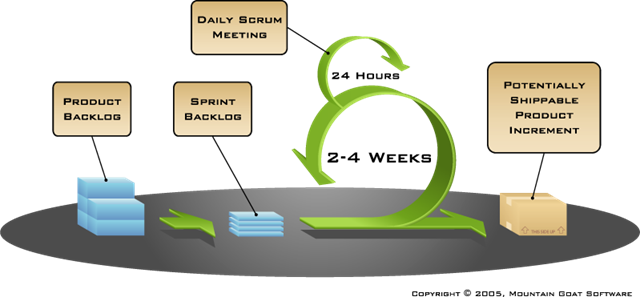Scrum Retrospective & Preparation
A retrospective is a meeting held at the end of a sprint which has the main aim of improving the performance of the team during future sprints. It is probably the most important event from the teams point of view.
There are usually a number of questions the team is asked, such as:
What should we:
- Start doing.
- Stop doing
- Continue doing
http://www.mountaingoatsoftware.com/agile/scrum/sprint-retrospective/
or
- What did we do well, that if we don’t discuss we might forget?
- What did we learn?
- What should we do differently next time?
- What still puzzles us?
http://www.benlinders.com/2013/which-questions-do-you-ask-in-retrospectives/
or
- What went well?
- What could be improved?
At the start of the retrospective the team is given some time to think about the questions and create comments.
If the team is in the same room for the retrospective they can write their comments on post-it notes and put them on a white board. If team is a blended on/offshore one then I don’t recommend sitting in a meeting room around a conference phone, either a virtual white board (e.g. en.linoit.com) or a wiki document can be used, with VOIP (e.g. Skype) for each team member. The comments are then discussed, prioritised and if actions are possible are assigned to the team or scrum master to progress.
Pre-planning
Population of the comments can be done prior to the meeting. Each team member is directed to either populate a shared document or send their points to the scrum master who can add them. Then during the retrospective the document acts as list of items to discuss:
Advantages
- The time spent during the retrospective is reduced as there is no need for thinking time to create the items to discuss.
- If working in a on/offshore blended team where a whiteboard can’t be used, then problems where everyone is trying to add their items to a shared document at the same time won’t occur.
- It’s easier for the scrum master / project leads to pre-investigate any points which they are not aware of.
- The items are pre-documented so less note taking is needed during the retrospective.
Disadvantages
- The activity is not seen as a priority over other work resulting in a lack of participation by some team members.
- Once the retrospective has started team members feel they don’t need to add any more items.
Personally I prefer not to do pre-planning so that all team members get the time to think and contribute.

